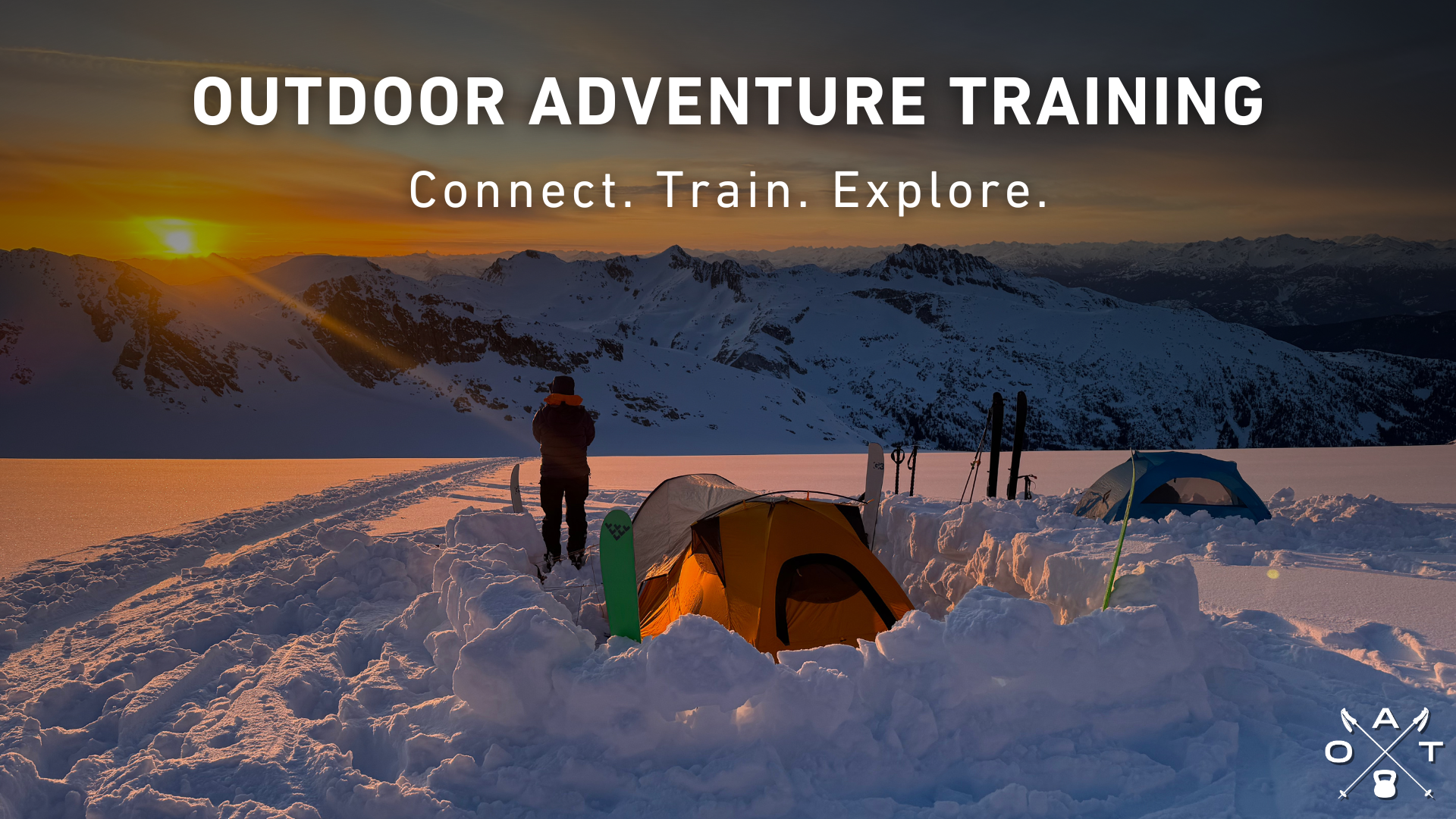Every good ski training program starts with stabilization. Why? Because if you can’t control your body’s movements, you’re basically a yard sale waiting to happen. Skiing demands balance and coordination, especially in the lumbo-pelvic-hip complex (LPHC)—a.k.a., your core and hips. Zoom out, and this phase is all about establishing the brain-body connection to any of the 35 muscles that attach to your pelvis and spine.
At OAT, stabilization training focuses on slow, controlled movements. When we say slow, we mean SLOOOOWWWW. We recommend a 4/1/2 tempo: four seconds down (eccentric), a one-second hold (isometric), and two seconds up (concentric). Last time you did a seven-second squat? Yeah, we’ll wait…
The exercises in this phase might not seem super sport-specific yet, but trust us, they’re laying the groundwork for more advanced training. A few key moves:
The exercises in this phase might not seem super sport-specific yet, but trust us, they’re laying the groundwork for more advanced training. A few key moves:
- Single-leg holds on an unstable surface (think foam pad or Bosu ball)
- Planks to build core endurance
- Glute bridges to activate your glutes and protect your knees from ACL injuries
Here’s the science: Studies show that weak glutes and poor hip stability are linked to dynamic valgus collapse (fancy words for “your knees cave in”), which can lead to serious injuries like ACL tears. So don’t skip this phase—even if you’re an expert skier. This is where the magic happens.
